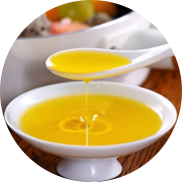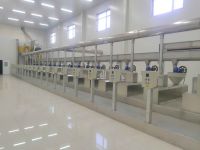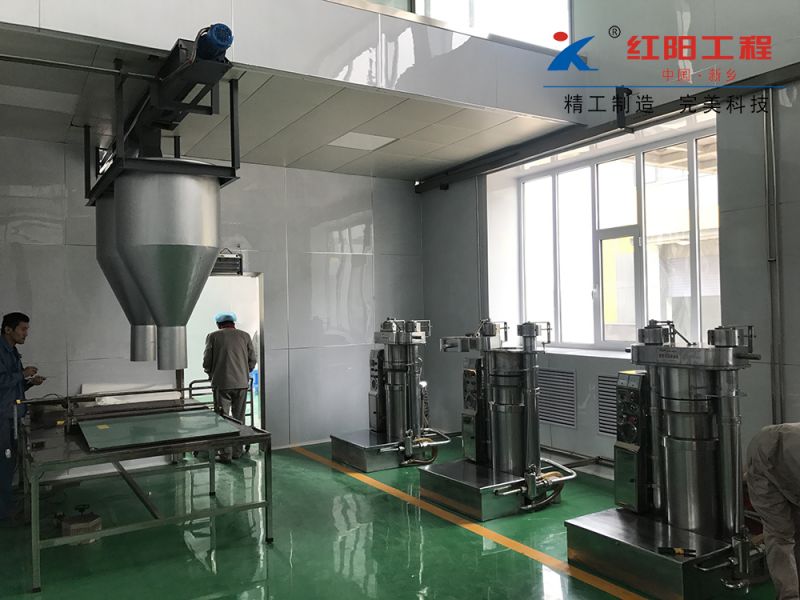153-0373-2222
138-3908-0089
The pressing methods for the main oil crops are as follows:
1. Rapeseed: Due to the varying moisture content of raw materials from north to south, add water before roasting, 4-6% for the north, and no water for the south (depending on the moisture content of the raw material itself). Roast with high heat until the rapeseed becomes hot to the touch and starts to crackle, then switch to low heat to roast until the rapeseed opens and turns brownish red. During the roasting process, no water should be added. The rapeseed temperature entering the press should be 120-130 degrees Celsius, with a moisture content of about 1-1.5%. The suitability of the roasting can be observed from the flow of oil and the state of the cake. If the roasting is appropriate, the cake flows smoothly with minimal residue, and the cake is 1-1.5mm thick and brownish red.
2. Peanut Kernel: Before roasting, soak the peanut kernel in water once. During the roasting process, add an appropriate amount of water to maintain the kernel's softness and moisture. Roast the kernel until it is eighty percent cooked, so that it can be separated from the skin and breaks into two halves. The cake thickness should be 0.7mm, and it should be long and wrinkled, with smooth oil extraction.
3. Cottonseed Kernel: Roast the oilseed to a light yellow color before pressing, at a temperature of 120-130 degrees Celsius, and adjust the moisture content according to the north-south variations. The cake thickness should be 1-1.5mm.
4. Soybean: Roast the soybean until it is sproutable before pressing, at a temperature of 120-130 degrees Celsius, and the cake thickness should be 0.7mm. However, the cake from a single pressing can be too charred, resulting in significant protein loss. Therefore, it is generally better to adopt a two-step pressing process. Roast the soybean to about sixty or seventy percent done, enter the press at 80-100 degrees Celsius, with a moisture content of 5-6%. The first pressing cake thickness should be 1.5-2mm, and the second pressing cake thickness should be 0.7mm, with a long and wrinkled shape, high oil extraction rate, and increased processing capacity.
Screw Oil Press: The screw oil press is a commonly used device for pressing oil extraction. It has advantages such as continuous processing, short dynamic pressing time, high oil extraction rate, and low labor intensity.
The main part of the screw oil press is the press chamber, which consists of the press cage and the screw shaft rotating inside the cage. the working process utilizes the continuous rotation of the screw shaft to drive the screw and create pressure in the press chamber as the pitch decreases or the root diameter increases. The oil is squeezed out through the gaps of the press cage, while the residue is compressed into crumbly cake pieces that are continuously discharged from the end of the screw shaft. Oil extraction can be generally divided into three stages: feed (pre-pressing) stage, main pressing (oil extraction) stage, and cake forming stage.


























































